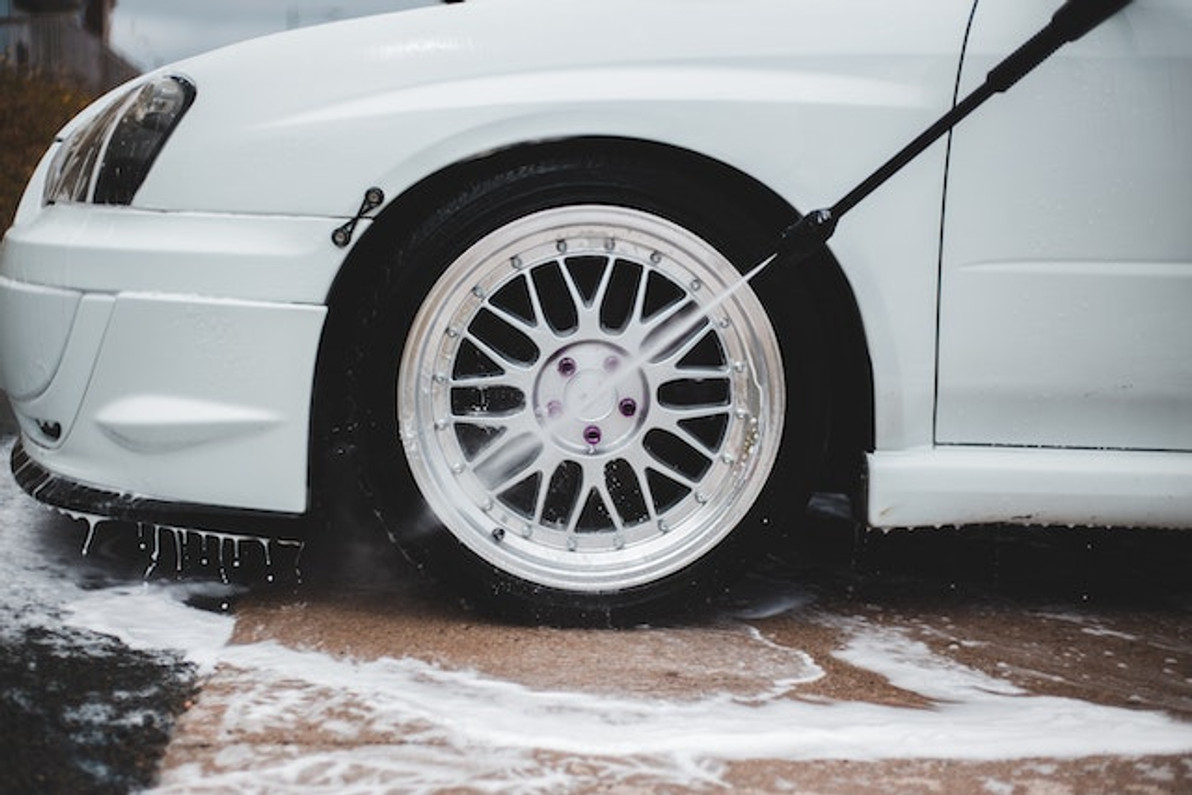5 Common Mistakes to Avoid When Pressure Washing
Removing otherwise stubborn dirt and grime from surfaces is a breeze thanks to pressure washing. Also referred to as power washing, it involves the use of a machine to create a narrow and highly pressurized stream of water. Even without any additional cleaning chemicals, the pressurized stream of water will remove dirt and grime. Whether you're planning to pressure wash the side of your home, your driveway, vehicle or other surfaces, though, you should avoid the five following mistakes.
#1) Starting From the Bottom
You shouldn't start from the bottom of the surface. Instead, you should pressure wash by starting from the top and working your way down. If you start from the bottom and work your way up, you'll have to redo the bottom part. Dirty water will flow down the surface, thus forcing you to pressure wash it again. For a cleaner surface, always start from the bottom when pressure washing surfaces.
#2) Using Too Much Pressure
Avoid using too much pressure when pressure washing. Pressure washing is characterized by the use of highly pressurized water. You can connect a pressure washer to a water outlet. The pressure washer will then pressurize the water as it comes out of the nozzle. But you should avoid using too much pressure. Setting your pressure washer to the highest pressure setting may damage the surface with which you use it.
#3) Not Covering Plants
If you're planning to pressure wash near plants, you should cover them beforehand. It only takes a single blast of pressurized water to kill an otherwise healthy plant. And even if you don't strike a plant, you may saturate it with excess water. You can protect plants from damage such as thus by covering them beforehand.
#4) Pressure Washing Soft Surfaces
Don't make the mistake of pressure washing soft surfaces. Hard surfaces like concrete, asphalt and even wood can typically withstand highly pressurized water. Soft surfaces, on the other hand, may succumb to damage. You shouldn't pressure wash shingles, for instance. Shingles are typically too soft and may break when exposed to pressurized water.
#5) Overlooking PPE
Pressure washing requires personal protective equipment (PPE). You should wear some form of eye protection, for example. Pressure washing can dislodge splinters, and these splinters can turn into projectiles that place your eyes at risk for injury. To protect against eye injury, wear impact-resistant goggles or glasses. Other forms of PPE to consider wearing when pressure washing include steel-toe boots and gloves.
Recent Posts
-
Fire Safety in the Workplace: What You Need to Know
What steps are you taking to prevent fires in your workplace? According to the U.S. Occupational Saf …Aug 23rd 2023 -
Is It Safe to Go Jogging With a Cold Infection?
If you're suffering from a cold infection, you might be wondering whether it's safe to go jogging. T …Aug 22nd 2023 -
5 Safety Tips to Follow When Using a Powder-Actuated Tool
Powder-actuated tools are commonly used to join materials to steel and concrete. Also known as Hilti …Aug 20th 2023




